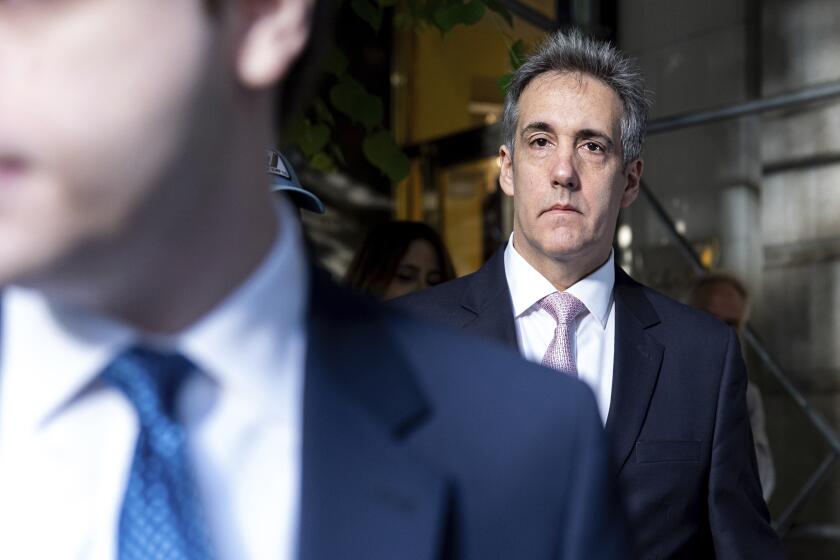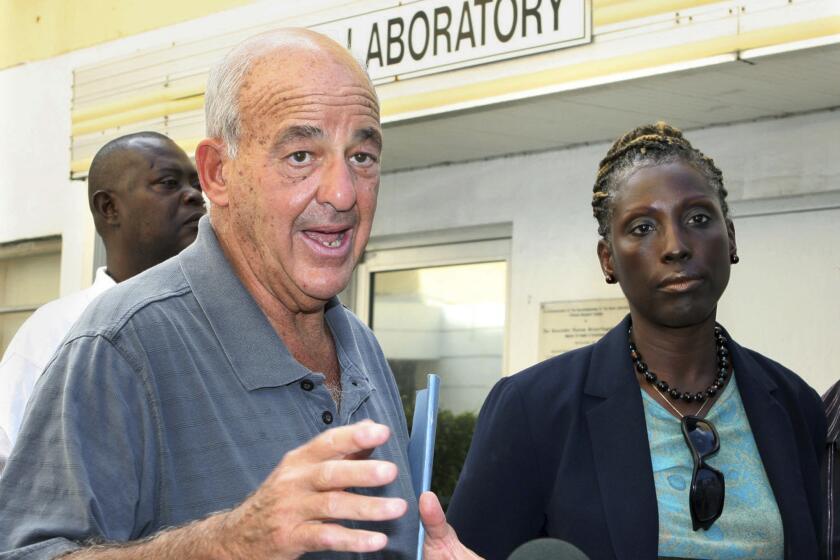Does the Constitution have a heart for boobies?
The wisdom of the 1st Amendment has guided this nation through portentous and contentious debates. It has established judicial boundaries regarding freedom of the press, censorship, desecration of the American flag and expressions of obscenity. Now it is faced with another controversial test of free speech. The question is: Does the Constitution ? boobies?
In the five years since the Keep A Breast Foundation began its campaign to make young people aware of breast cancer, it has sold more than 2 million rubber wristbands inscribed with the words: “I ? boobies.” It would appear that many of those wristbands have turned up where there is maximum potential for adolescent interest in boobies: middle school. That development, in turn, has incited the wrath of a group of adults that decidedly does not love the wristbands: middle-school administrators.
Schools from California to Florida have banned the wristbands, primarily on the grounds that they violate existing dress codes, and the Easton Area Middle School in Pennsylvania was following a familiar path when it did the same. Students there were told in mid-October to turn the wristbands inside out, and a few days later the school announced that they would no longer be allowed in the building. Some students and teachers had found them offensive, and some boys had been overly enthusiastic about them, telling girls, “I love your boobies.”
Kayla Martinez and Brianna Hawk nevertheless wore their wristbands on Oct. 28, the school’s Breast Cancer Awareness Day, and were suspended for the rest of the afternoon and the following day. Now the American Civil Liberties Union of Pennsylvania is suing the school on their behalf. It is not seeking damages, just a removal of the suspension from the girls’ records, permission for them to attend a school dance and an end to the wristband ban. The school has relented on the dance, but a federal court hearing is set for Dec. 16 on the remaining issues.
The school argues that the wristbands are lewd speech, which the Supreme Court has said schools may regulate. We disagree. Juvenile speech, yes. Lewd? No. In this instance, the more relevant precedent is Tinker vs. Des Moines Independent Community School District. In that 1969 case, the Supreme Court upheld the 1st Amendment rights of students who had worn black armbands emblazoned with a peace symbol to school, protesting the Vietnam War. Students’ 1st Amendment rights don’t end at the school door, and to justify censorship, the court wrote, the school district would have had to demonstrate more than a desire to avoid “discomfort and unpleasantness.”
Of course, just because the wristbands are legal doesn’t mean they’re a great idea. The Keep A Breast Foundation says that if a conversation about breast cancer begins with sexual innuendo or locker room humor, that’s better than no conversation at all. But schools have a mission that is just as important as the foundation’s. A wristband may raise awareness, but it’s also worth noting that cancer patients with the most education are those with the lowest mortality rates. So helping kids concentrate in school, rather than distracting them, may be a better way to ? boobies.
More to Read
Start your day right
Sign up for Essential California for news, features and recommendations from the L.A. Times and beyond in your inbox six days a week.
You may occasionally receive promotional content from the Los Angeles Times.






